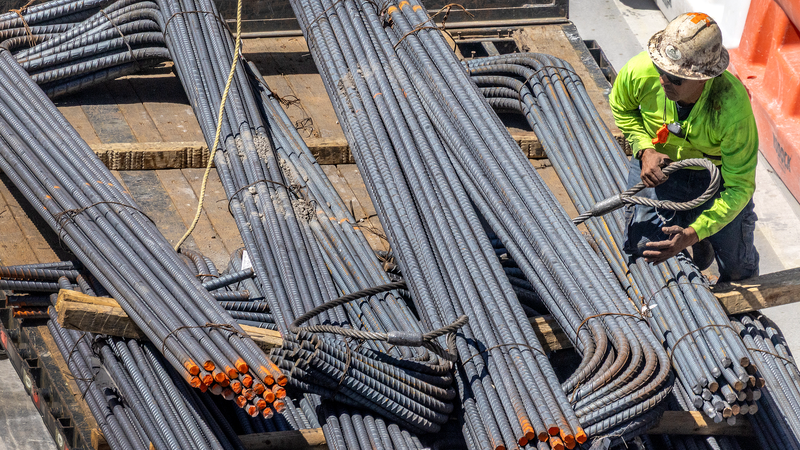The U.S. Commerce Department announced an expansion of 50% tariffs on steel and aluminum imports, now covering 407 additional product codes in the Harmonized Tariff Schedule.
Starting Monday, goods containing steel or aluminum—even as minor components—will face the same steep taxes as raw metals, with non-metal materials taxed according to their country of origin.
Zhou Mi of the Chinese Academy of International Trade and Economic Cooperation warns this latest unilateral move adds a fresh layer of instability to global supply chains. With tariffs doubling from 25% to 50% in June, businesses worldwide are now bracing for more volatility.
In the U.S., the ripple effects are already clear. Automakers like Ford are absorbing millions in extra costs, while Deere & Company has bumped its tariff-related bill to $600 million for the fiscal year—a $100 million jump from earlier forecasts.
Consumer brands are also feeling the squeeze. AriZona Beverages, maker of the famous 99-cent iced tea, faces higher aluminum can costs despite using mostly recycled metal. With 20% of its 45,000 tonnes of aluminum imports coming from Canada, the impact could force a price hike on store shelves.
Canada, which supplied 70% of U.S. aluminum last year, hit back in March with 25% counter-tariffs on $21 billion of American goods. Ottawa has threatened more measures as tensions simmer.
In Seoul, the Ministry of Trade, Industry and Energy unveiled support measures for small and medium-sized enterprises. Enhanced consulting services and reduced cost-sharing aim to help firms navigate the new rules and certificates of origin.
As tariff shifts become more frequent, overseas suppliers may grow wary of U.S. demand, potentially curbing imports and adding pressure to inflation in America.
For now, businesses and consumers alike must chart a course through this metal maze, weighing higher costs against an uncertain trade horizon.
Reference(s):
U.S. tariff increase on metals raises global trade risks, expert warns
cgtn.com




